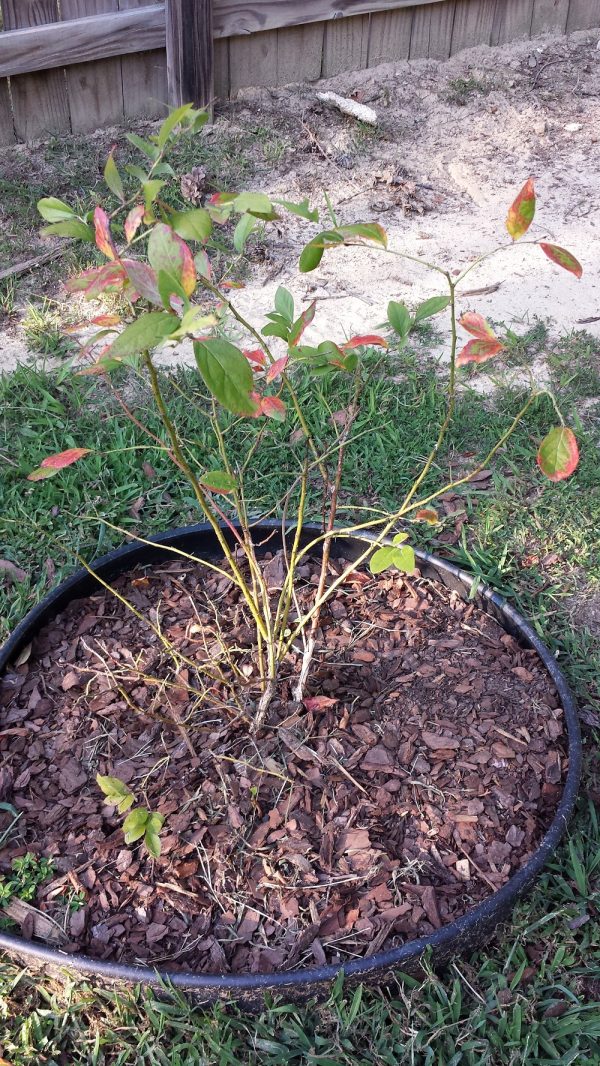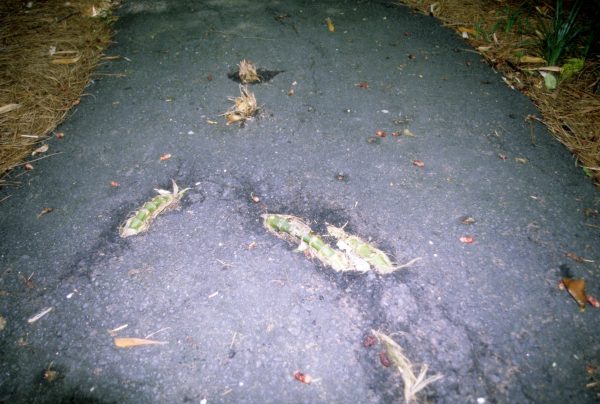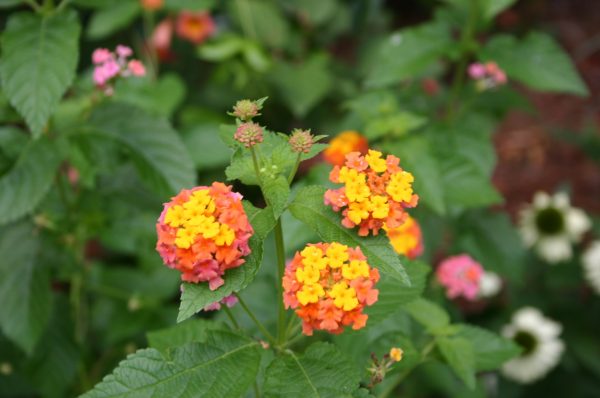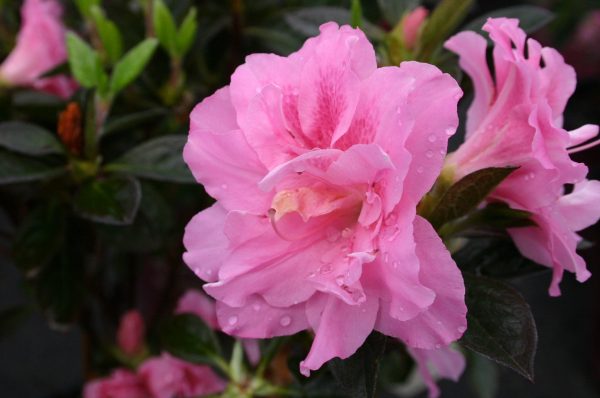Pink Hibiscus Mealybug
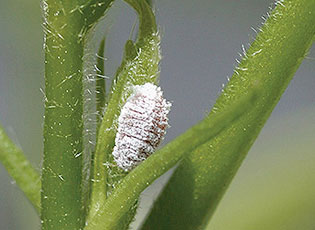
If you think fire ants and armadillos are terrible exotic, invasive pests, just wait until you have a houseplant infested with pink hibiscus mealybug (PHMB). The damage this insect does to plants makes them look like weed killer was sprayed on them. We thought they would be confined to Florida, but a homeowner in Forsyth county found them on her houseplants in late 2008.
Pink hibiscus mealybug is a very destructive insect pest of hibiscus and 300 other plants. Pink hibiscus mealybug is native to Southeast Asia but is now well established in Florida, Louisiana and Texas.
According to horticulturist Willie Chance, an alert home gardener was curious about a difficult-to-control mealybug infestation on a tropical hibiscus in her landscape. She brought a sample to her county Extension office, which shared her suspicion that these might be pink hibiscus mealybug. University of Florida entomologists, who have worked extensively with this pest, quickly confirmed the specimens were indeed the pink hibiscus mealybug.
The offending insects likely came to north Georgia as a very low level infestation on tropical hibiscus from south Florida. Initially pink hibiscus mealybug injury may be hard to see but they reproduce rapidly with 5 to 6 generations a year in north Georgia. As populations grow, injury becomes strikingly evident. Infested plants are severely stunted and malformed, as if treated with an herbicide. The disfigured foliage is often covered with sticky liquid waste from the mealybug feeding, which supports growth of a black sooty mold fungus.
Pink hibiscus mealybugs are pinkish in color, and look similar to other Georgia mealybugs. The pink hibiscus mealybug has relatively little of the white wax that adorns the bodies of other mealybugs. Infestations will often be noticeable from afar due to the numerous snow white egg sacs which look much like clusters of small Q-tips on stems and foliage.
At this point we do not know if pink hibiscus mealybug will be able to survive winters in Atlanta or north Georgia. Pink hibiscus mealybug is a truly nasty pest, one that gardeners, landscape professionals and nurseries hope can be eradicated from Georgia.
What can be done?
• The most important response is to have all suspected mealybug infestations checked by the local County Extension office (1-800-ASKUGA-1).
• Cut and remove samples of infested plants, being sure to get the white egg sacks and small pink mealybugs.
• Because immature mealybugs move on wind currents, it is important to place suspected infestations into sealed plastic bags for transport. Movement of samples in the back of open trucks would be especially ill advised.
• Plant destruction and replacement is often the best approach with PHMB infested plants in the home landscape. Cutting and double bagging or, where feasible, burning infested plant material is very often more efficient than fighting with insecticides.
See these websites for photos and information on the pink hibiscus mealybug’s life cycle and management
Photos and pest management information
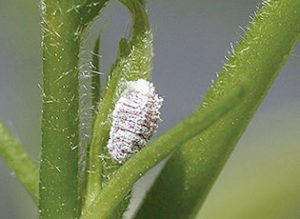
image courtesy of Bugwood.org






